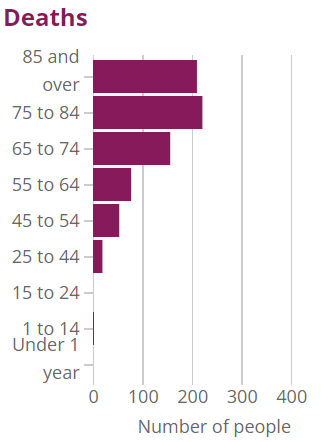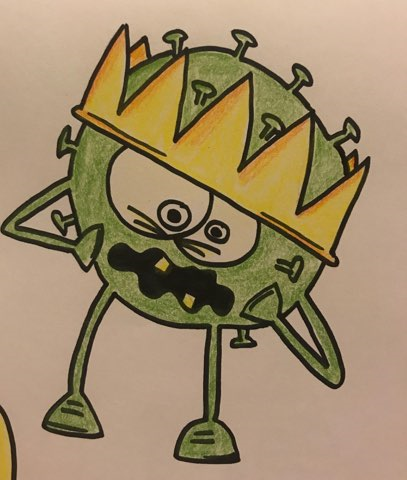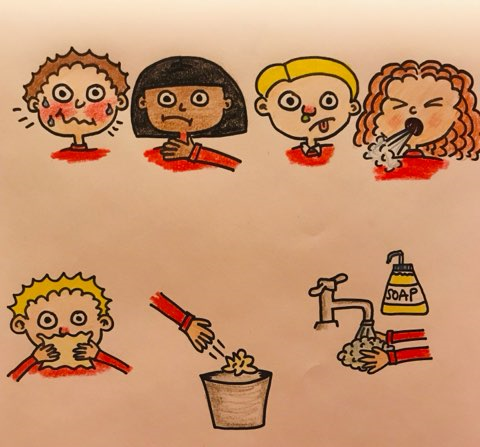What is PIMS?
In April 2020, doctors in the UK first started to see children with serious inflammation throughout their body, which seemed to be linked to COVID-19. Inflammation is a normal response of the body’s immune system to fight infection. But sometimes the immune system can go into overdrive and begin to attack the body. If this happens, it is important that children receive urgent medical attention.
Doctors are concerned that in some children with PIMS the inflammation can affect the blood vessels (vasculitis), particularly those around the heart. If untreated, the inflammation can cause tissue damage, poor function of vital organs or potentially even death.
Some of the symptoms of PIMS can overlap with other rare conditions, such as Kawasaki disease and Toxic Shock Syndrome which is why it has been described as ‘Kawasaki-like’. Complications from each of these conditions can cause damage to the heart. Kawasaki tends to affect children under five whereas PIMS seems to affect older children and teenagers.
Can PIMS be treated?
Yes. Doctors know what to look out for and will do tests to diagnose what’s wrong and what treatment to give the child. Even where doctors aren’t 100% sure whether a child or teenager has PIMS, they know how to treat the symptoms associated with it. Treatments to reduce inflammation in the body may need to be given.
Researchers are working to find out more about PIMS and which treatments are the most suitable treatments for each patient.
What symptoms should I look out for?
All children with PIMS will have a fever, which persists over several days. There’s a very wide range of other symptoms that children might have, including: tummy pain, diarrhoea, vomiting, rash, cold hands and feet and red eyes. These symptoms can be found in other illnesses too.
While most won’t be seriously unwell, some children may be severely affected by the syndrome. The most important thing is to remember that any child who is seriously unwell needs to be treated quickly – whatever the illness.
Symptom specific advice can be found below to help you decide who to seek help from whether it is your GP or A&E/999:
FEVER
If your child doesn’t have these signs of being seriously unwell but you are still concerned, talk to your GP.
How many children have been affected?
It’s difficult to say because doctors are still in the process of reporting back – and also because there isn’t a definitive test. However, between April and June 2020, doctors reported seeing around 200 children with the condition. We are now in the next wave of COVID-19 and doctors expect to see more cases of PIMS over the next few months as the numbers of people in the country with COVID-19 is currently high.
Doctors are continuing to collect information about the ways that PIMS affects children. It is possible that more children have had the condition but were very mildly affected and recovered without seeing a doctor.
Have any children died from PIMS?
We don’t know for sure because there isn’t a test for this condition, however this would be extremely rare. Most children would be expected to make a full recovery. All children with PIMS will receive a medical follow up. Doctors think two children may have died with PIMS in the UK, but they can’t be certain that there weren’t other reasons why the children died. Doctors believe deaths in children related to PIMS, throughout the world, are exceptionally rare. In the UK, many more children die of other infections such as flu or even chicken pox every year.
Is PIMS caused by COVID-19?
PIMS seems to be linked to COVID-19 because most of the children either had the virus or tested positive for antibodies indicating they had been infected (even if they hadn’t seemed ill at the time). But a very small number of the children with PIMS symptoms didn’t test positive for either.
How can doctors tell if a child has PIMS?
There currently isn’t a test which can tell doctors whether a child definitely has the syndrome. A syndrome is a collection of many different symptoms which, together, can give doctors an indication of whether or not someone has a particular illness. Doctors will look for a pattern of symptoms relating to PIMS and then do more tests, such as blood pressure and blood analysis, to make a diagnosis.
Are black or Asian children more likely to be affected?
Children from all ethnic minority backgrounds have been affected by PIMS. There have been more children affected by PIMS who are from Black and Asian backgrounds, but it is not clear what the reasons for this are at the current time. It is possible that this is because there were higher numbers of COVID-19 cases in these communities. But it is important for families with all ethnic backgrounds to be aware of the signs and symptoms of the condition, however rare.
Doctors are learning more and more about this condition all the time and we hope to have more information over the next weeks and months. We will update our guidance regularly.
For more information, click here.

![]()










